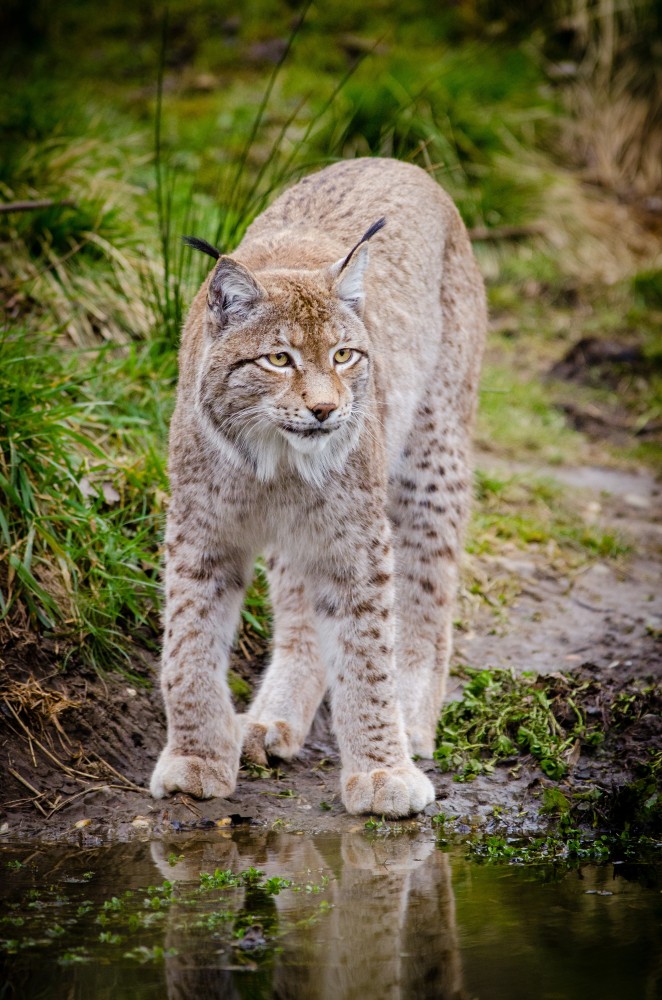This large predator that lives solitary has been spotted several times this year. Observations from February, August, October and November can confirm that it is the same lynx. This can be seen in the spotting pattern in the predator's fur. Each lynx has a unique spotting pattern, just like a human fingerprint. This unique drawing of the fur is now compared with known specimens from our neighboring countries to learn more about the origin of our first Belgian lynx.
The lynx is the largest feline in Europe. This large forest predator weighs about 20 kilograms and mainly hunts real ones that are ubiquitous in our country. Unlike the wolf, the lynx lives solitary in a habitat of about 100 km². The habitat of a male lynx is larger than that of a female and can also overlap several female areas. It is clear that this species needs a lot of space and ideally is in contact with other populations in order to be liveable in our regions.
Nevertheless, the feline can settle somewhere, provided there is enough food in the environment. This is probably the reason why it has been spotted several times in the Semois valley.





